Ascocoryne sarcoides
Scientific name: Ascocoryne sarcoides
(Jacq.) J. W. Groves & D. E. Wilson
Derivation of name: Sarc- means "flesh" or "fleshy" and
-oides means "resembling."
Synonyms: Lichen sarcoides Jacquin; Bulgaria sarcoides
(Jacquin) Dickson.
Common name(s): Purple jelly drops.
Phylum: Ascomycota
Order: Helotiales
Family: Helotiaceae
Occurrence on wood substrate: Saprobic; on deciduous
stumps and fallen logs; September through October.
Dimensions: Individual cups 0.5-1 cm wide, forming
larger masses when coalesced.
Description: Purple lobes initally emerge out of wood,
swell into cup or disc-shaped ascocarps which typically
coalesce to form a violet to purple to reddish-purple
gelatinous, irregular mass.
Comments: Ascocoryne cylichnium is very
similar in
appearence to A. sarcoides and the two
species can
only be differentiated with certainty by the
spores. Based
on spore measurements, the fungus in Figures 1 to 4
is
A. sarcoides. When
occurring as irregular masses, both
species
resemble
basidiomycete jelly fungi. Unlike the
jelly
fungi, Ascocoryne species produce ascospores, not
basidiospores.
More information at MushroomExpert.com
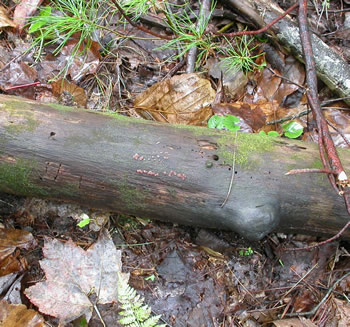
Figure 1. Purple jelly drops growing on a damp, rotting
log. Photo © Gary Emberger.
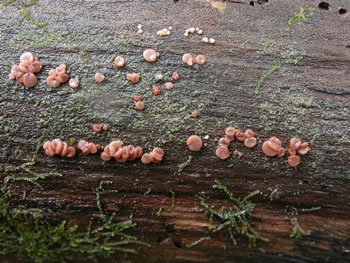
Figure 2. Enlargement of the purple jelly drops in Figure1.
Photo © Gary Emberger.
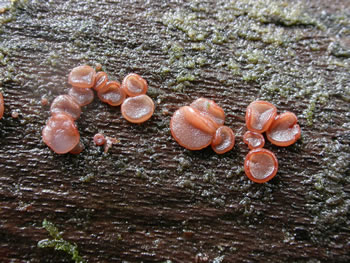
Figure 3. A further enlargement of some of the purple
jelly drops fruit bodies from Figure 2. Photo © Gary
Emberger.
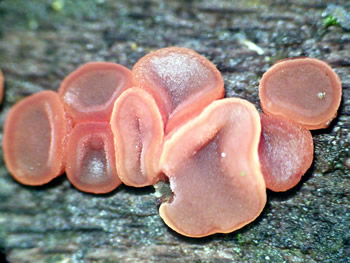
Figure 4. The individual ascocarps of Ascocoryne
sarcoides are disc or saucer-shaped. It's only when the
fruit bodies grow close together in larger masses that they
assume an irregular jelly fungus-like shape. Because of this
variation, Ascocoryne sarcoides will key out using either
the "cup and saucer" key or the "jelly" key in the initial
shape key used at this website. Photo © John Dawson.
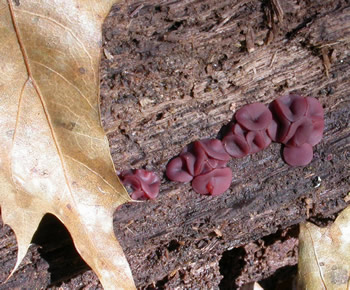
Figure 5. This image and the image in Figure 6 illustrate the
effect of light intensity on color. The fruit bodies above
were photographed in the shade of a passing cloud.
Photo © Gary Emberger.
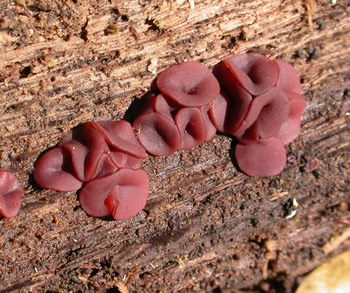
Figure 6. Same cluster of fruit bodies as in Figure 5 but
photographed when the sun was not diminished by passing
clouds. Photo © Gary Emberger.
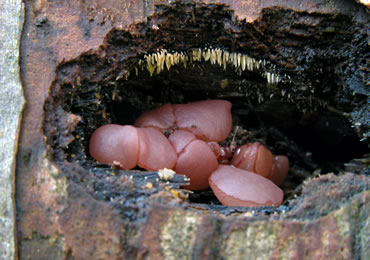
Figure 7. Disc-shaped, purplish fruit bodies of Ascocoryne
sarcoides.
Photo © Dianna Smith.
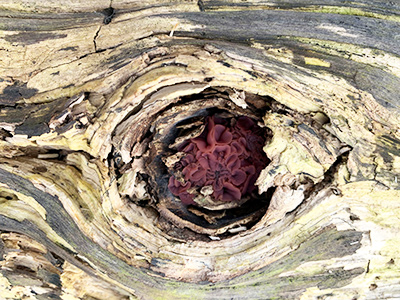
Figure 8. If purple jelly drops grow best on moist, well-rotted
wood, then these fruit bodies are in the perfect location -
nestled in a rotted-out pocket in the wood where there once
grew a tree branch. Photo © Cheree Charmello.
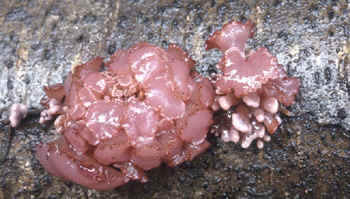
Figure 9. The ascocarps on the right are just emerging from
the bark. As they grow and coalesce, clusters of ascocarps
come to
resemble irregular, gelatinous masses such as the
specimen on the left. Photo © George Barron.